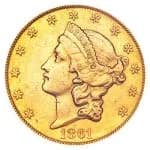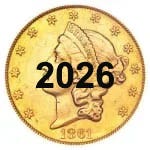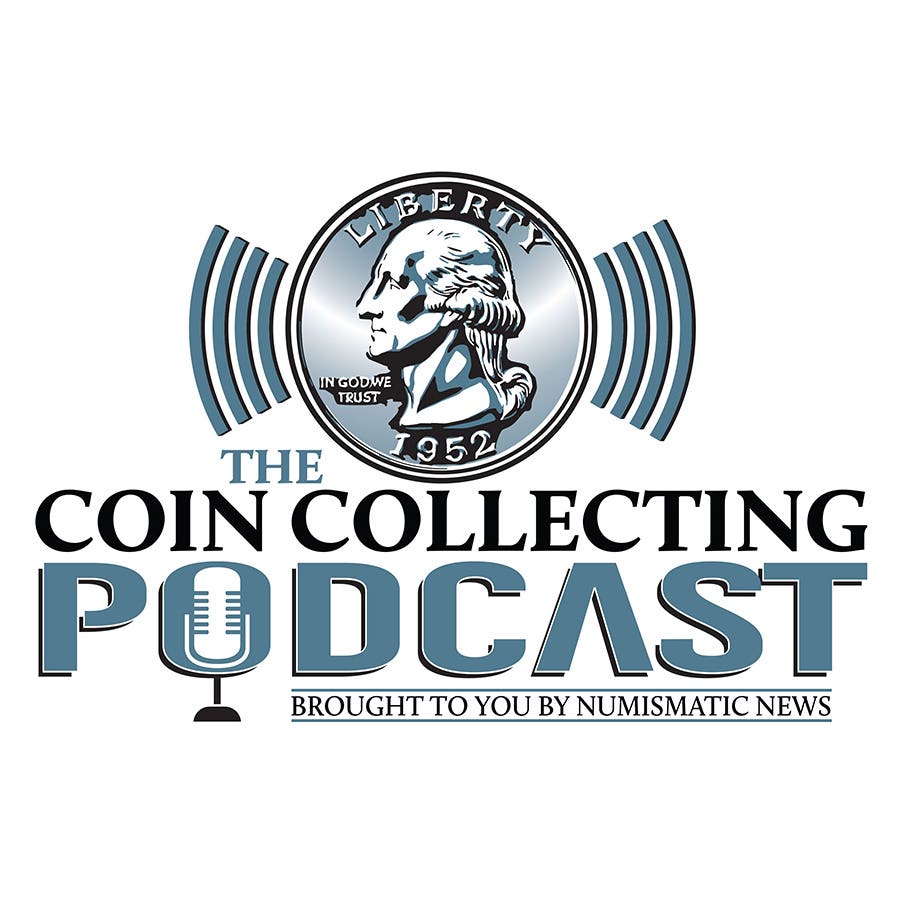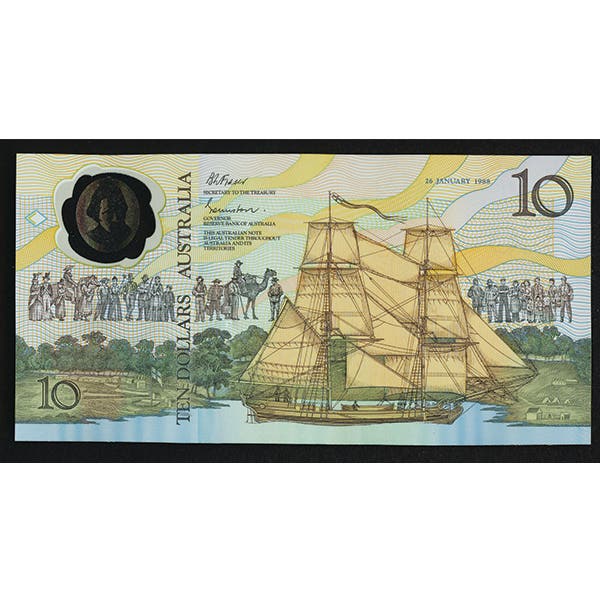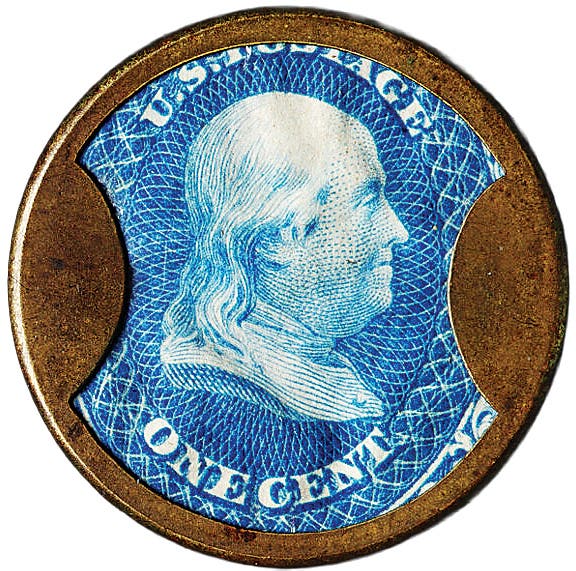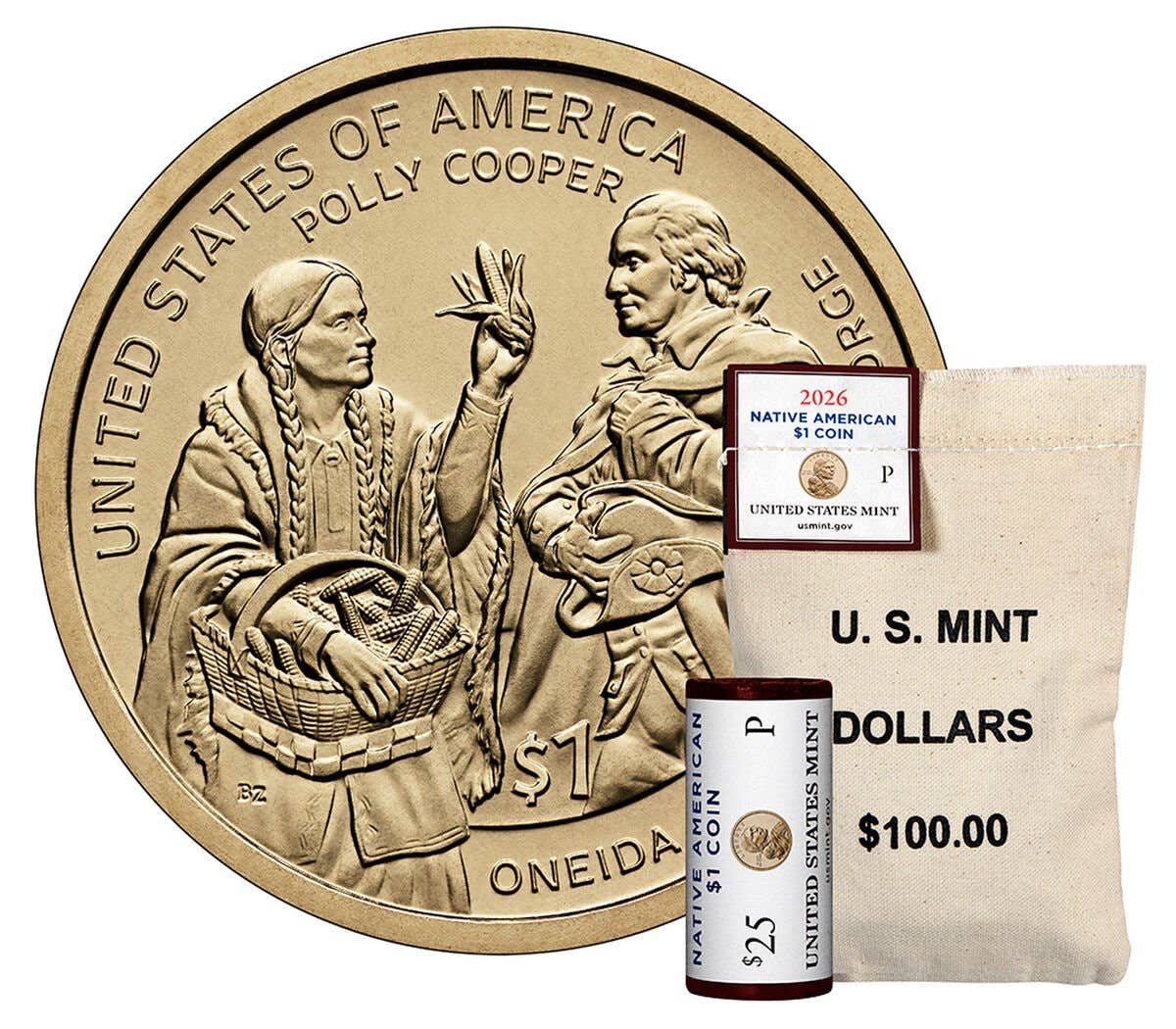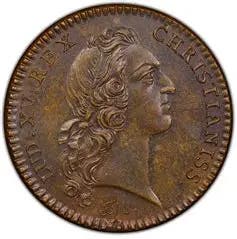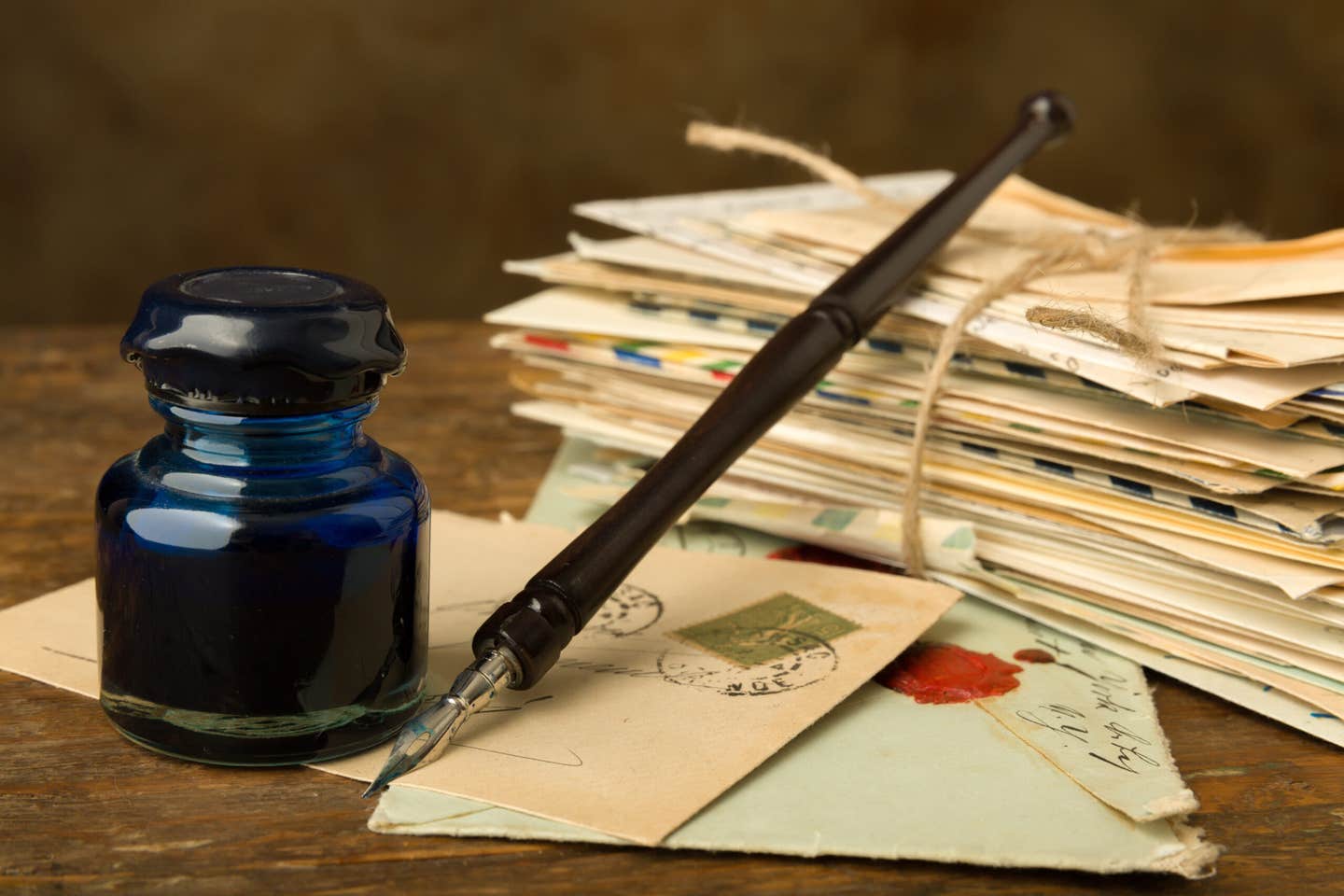CoinClinic: Collecting by the Slab
Certified coin holders are collectibles in their own right—and full of surprises.
Why were sample slabs given out for free at coin shows?
Sample slabs were given out as good publicity for the companies using them. The companies using them likely sought feedback as well. Sample slabs currently in use continue to be given out at some major coin shows today for the same reasons
Do the third-party certification services grade physical Cryptocurrency?
Professional Coin Grading Service guarantees the condition but not the value associated with each token. If a token has a private key present but that key is obscured, it will be noted on the third-party insert. According to its website, NGC “does not grade or certify cryptocurrencies but rather focuses on grading and authenticating coins, tokens, and medals. "
You refer to Cryptocurrency as being tokens. Is this the proper term for these physical pieces?
According to the PCGS website, “Token is the proper numismatic term for any piece that is denominated but struck under a sovereign authority.” The American Numismatic Association defines a token as “a substitute for money issued by a private entity, often a metal disc inscribed with value and issuer, and part of the broader field of exonumia, which includes collectible items other than coins or paper money.”
Does a CAC sticker increase the value of a coin?
First, let me say, always buy the coin, not the encapsulation. Identical coins encapsulated by different certification services may sell for significantly different prices based on which slab the coin is offered in, rather than what’s in the slab. From my experience, dealers in general (but not always) tend to raise the price asked for a coin significantly if it has a CAC sticker.
Are slabs considered to be a collectible?
Consider slabs (third-party certification service encapsulation devices) to be a form of exonumia. There are people who collect the slabs used in the past by major third-party services. Early sample slabs given out for free at some coin shows in the past have become a focus of slab collecting.
I’ve seen the term “rattler” used to describe an early slab. Can you explain the reasoning behind this strange term?
Professional Coin Grading Service coin encapsulation devices used between 1986 and 1989 are sometimes referred to as “rattlers” because the coins were able to move about sufficiently in these holders to rattle. This does not suggest the coins are in any danger of being damaged, but the holders didn’t hold the coins as firmly in place as do the more current encapsulation devices.
E-mail inquiries only. Do not send letters in the mail. Send to Giedroyc@Bright.net. Because of space limitations, we are unable to publish all questions.
You may also like:

